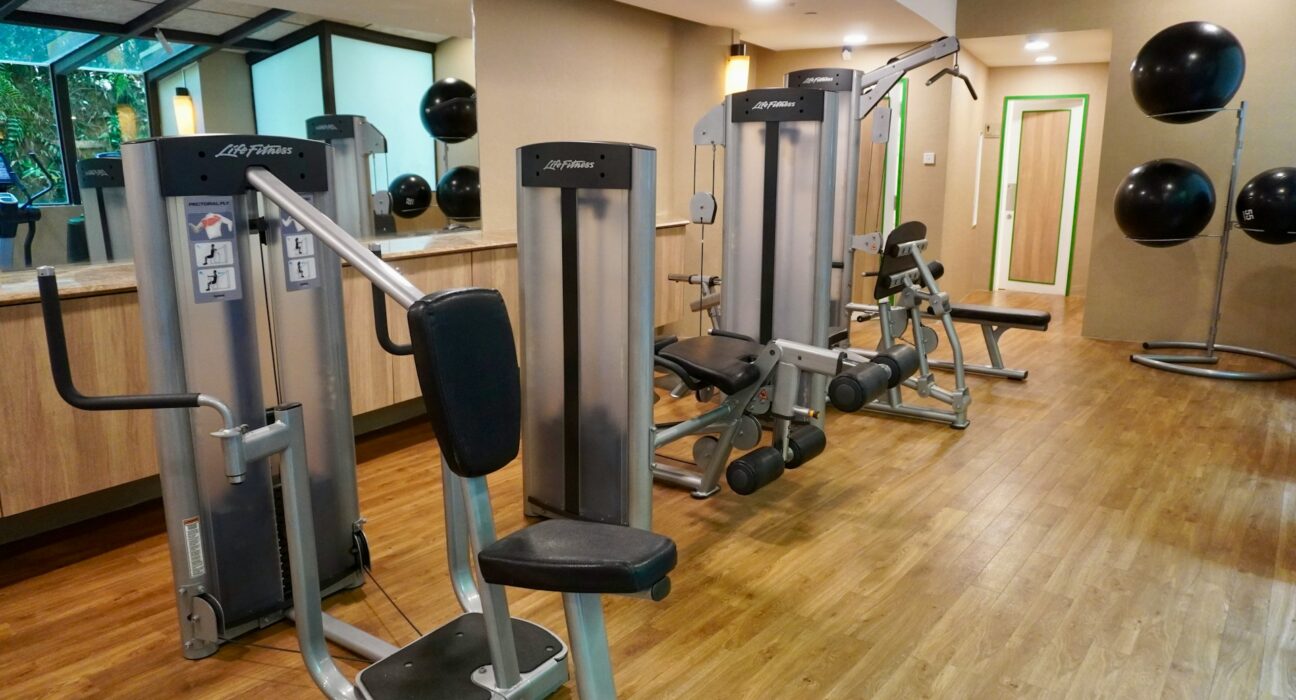Building a home gym doesn’t need to drain your wallet. With a little creativity, well-informed choices, and strategic purchases, you can design a workout space that fits both your fitness goals and your budget. Whether you’re aiming to improve hip exercises, get stronger, or save on expensive gym memberships, this guide will help you select cost-effective training equipment for your at-home setup.
Here, you’ll find a step-by-step plan for setting up your home gym, the top budget-friendly workout equipment to consider, and tips to maximize your fitness at home, even if space and funds are limited.
Why Setting Up a Home Gym Makes Sense
Cost Savings Over Time
While signing up for a traditional gym can seem like the quickest route to getting active, monthly fees add up fast. Investing in your home gym shifts your spending from recurring costs to one-time purchases that keep paying off as long as you use them.
Convenience Leads to Consistency
One of the biggest challenges with fitness is consistency. Having a dedicated workout space at home removes the need to commute, letting you squeeze in a quick session whenever motivation strikes. Skipping the gym is much harder when your “commute” is only a few steps away.
Choosing the Right Space for Your Workouts
Adapting Any Space to Suit Your Needs
You don’t need a spare room to start exercising at home. A corner of your living room, a spot in your garage, or even your backyard can transform into your fitness studio. Focus on finding an area where you can move freely, lay down a mat, and store a small selection of home gym equipment.
Safety and Accessibility Matter
Make sure there’s enough headroom and clearance for movements like overhead presses or hip exercises. Non-slip flooring or an exercise mat will protect both your body and your home’s surfaces. Store equipment within reach so setting up doesn’t become a workout itself.
Essential Equipment for a Budget-Friendly Home Gym
Resistance Bands For Versatility
Affordable, lightweight, and easy to store, resistance bands allow you to train every major muscle group, improve flexibility, and target joint health. They’re especially useful for hip exercises, glute work, and upper body strength without requiring bulky weights.
Dumbbells The All-Around Investment
Adjustable dumbbells are a smart pick for budget fitness. They replace multiple pairs of traditional dumbbells, saving both cash and space. Use them for anything from bicep curls to squats, or to add intensity to your favorite home workout.
Bodyweight Accessories Mats and Pull-Up Bars
A thick, high-quality exercise mat cushions your joints during floor work, ab exercises, and stretching. Over-the-door pull-up bars add upper-body and core strength action to almost any doorway, and both options keep your investment low while extending your workout variety.
Medicine Balls and Stability Balls
A medicine ball or stability ball steps up basic routines by challenging balance, coordination, and control. They’re ideal for dynamic core workouts, functional hip exercises, and mobility moves. Plus, they’re affordable and take up minimal space.
Jump Rope
Often overlooked, the jump rope is one of the best tools for boosting cardiovascular fitness at home. It’s inexpensive, portable, and can instantly elevate your training intensity. Just ten minutes of jump rope can rival a thirty-minute jog.
Upgrades and Smart Spending Once You’re Established
Prioritize Multi-Use Equipment
Once you have the basics, you can expand your home gym without splurging. Look for adjustable benches, kettlebells, or suspension trainers. These tools multiply your exercise options without overwhelming your workout area or budget.
Buy Used or Refurbished
Many people sell gently used gym equipment online or at local sports stores. Take advantage of seasonal sales, and always check warranties for peace of mind. A little research can yield big deals on otherwise expensive gear.
Creating a Balanced Routine for At-Home Fitness
Mix Cardio, Strength, and Mobility
Build a weekly schedule that touches all areas of fitness. Include days for strength training with dumbbells and resistance bands, cardio workouts like jump rope, and sessions focused on stretching and mobility—including targeted hip exercises. This balanced approach supports overall health and helps prevent injuries.
Find Workout Programs That Match Your Equipment
There are countless free or affordable workout guides available for all types of equipment. Search for routines that use what you have on hand and appeal to your interests, whether you’re into HIIT, Pilates, or circuit training. Consistency is easier when your program matches your lifestyle.
Tips for Staying Motivated and Reaching Your Goals
Set Clear and Achievable Targets
Define exactly what you want from your home gym. Is it better hip mobility, a certain number of push-ups, or working out for a set number of weeks? Smaller, clearer goals make motivation easier to maintain.
Track Progress and Celebrate Wins
Use a notebook or fitness app to keep tabs on your workouts. Note down improvements—for example, extra reps, new exercises, or increased resistance. Celebrate milestones (no matter how small!) and treat your home gym as your wellness investment.
Making Fitness at Home Work for You
Building a home gym on a budget is all about smart choices and dedication—not expensive gadgets. Start with your available space and focus on versatile, cost-effective training equipment that will last. A home gym offers you convenience, freedom, and the tools you need for everything from strength training to hip exercises. With a thoughtful routine and a few essential pieces, you can make fitness at home an enjoyable part of your everyday routine.

